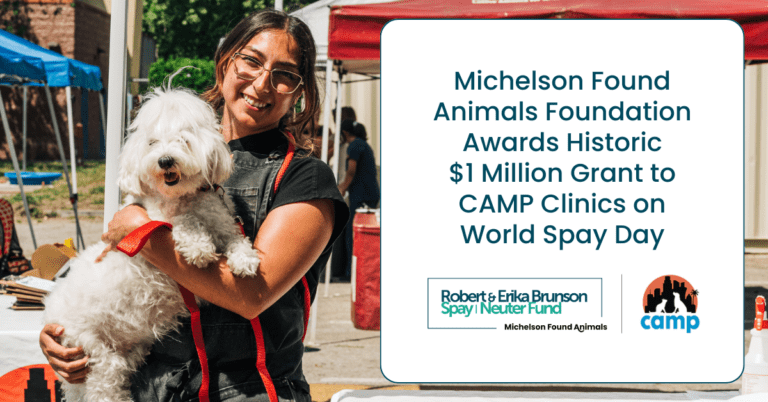The Flea Medicine for Cats Guide

If you care about your kitty, and I’m assuming you do because you are reading a pet care blog, it is important to regularly give him or her flea medicine for cats, even if she or he is an indoor cat. For the uninitiated, fleas are external parasites that feed off your pet’s blood, and live and breed in your kitty’s fur. They are not selective, and will bite you and your family, too. They are the most common complaint people make about having a pet in the family. They are dirty and can spread disease, not to mention making your poor kitty itchy and otherwise miserable.
Many people refer to the warmer months of Spring and Summer each year as “flea season,” but in actuality, in many parts of the country, “flea season” is all year long. Warm temperatures, humidity, and vibration (usually from vacuuming) all are very conducive to flea development. And once you have them, getting rid of cat fleas can be very difficult!
A female flea on your cat can lay as many as 50 eggs per day. Flea eggs are not sticky, and will fall off as your cat walks around your home, your yard, and on your furniture. This ensures there are lots of potential new cat fleas throughout your house, and underscores why it is important to regularly treat your pet with flea medicine for cats.
Fleas in the pupae stage, during which they are in a cocoon-like shell, can stay like that for over a year. They are safe in hiding, waiting until the perfect conditions to hatch into an adult and torment your kitty. Cat flea treatment sometimes includes what’s known as an IGR (insect growth regulator) which helps protect by keeping the flea at one of the immature stages, not allowing it to reach adulthood so it can’t bite and breed on your pet.
There are a number of ways to kill cat fleas, and a myriad of products in each category, including flea pills for cats and topical cat flea treatment. There are many good flea shampoos and dips out there, but unless you are regularly taking your cat in for grooming, you are likely not shampooing her often enough to make it an effective cat flea treatment plan.
Remember, any flea preventative you select will work best when you apply it once a month, or as directed by your veterinarian. Don’t wait until you see fleas to protect your home and pet. By then, you will have an infestation. Another thing to avoid is using a product formulated for a dog on your kitty. Many flea preventatives for dogs contain ingredients that could make your cat very sick. Cats are not small dogs!
A common mistake people make when they discover fleas on their cats is to just treat their pet. However, once you’ve seen a few fleas on your cat, you can be sure there are many more, both on her and in your home. You have an infestation, and it is imperative you treat both your kitty and also treat the environment around you. If you don’t, the fleas in the pupae stage, which are hiding in your bedding, floorboards, and carpeting, will later hatch, jump on your pet, and you’ll have the whole issue to deal with again. Remember, a flea can stay in the pupae stage for over a year!
There are few good brands of home treatment sprays and foggers that will effectively kill fleas, and be safe for your pet. Just remember to keep your kitty off the treated area for the time specified on the can, and NEVER put the environment treatment directly on your cat. You could poison her!
With a little planning and flea medicine for cats, you can keep your home and pet safe from these pesky parasites. Happy petting!


